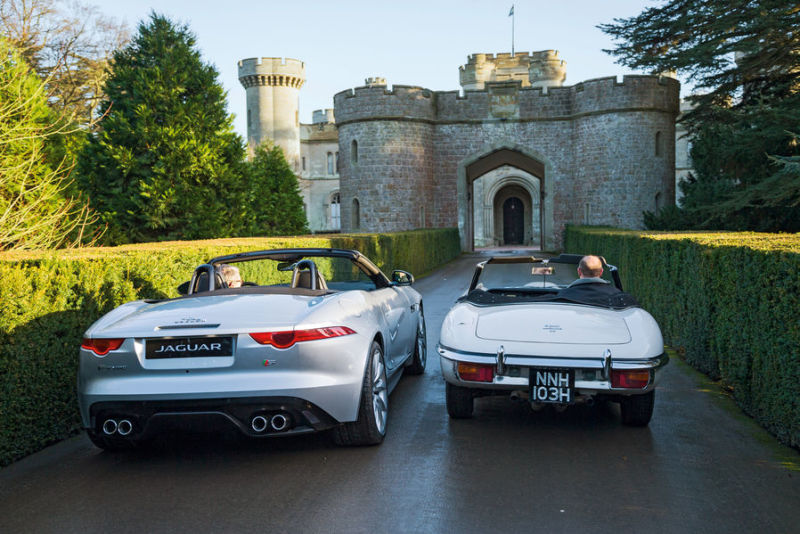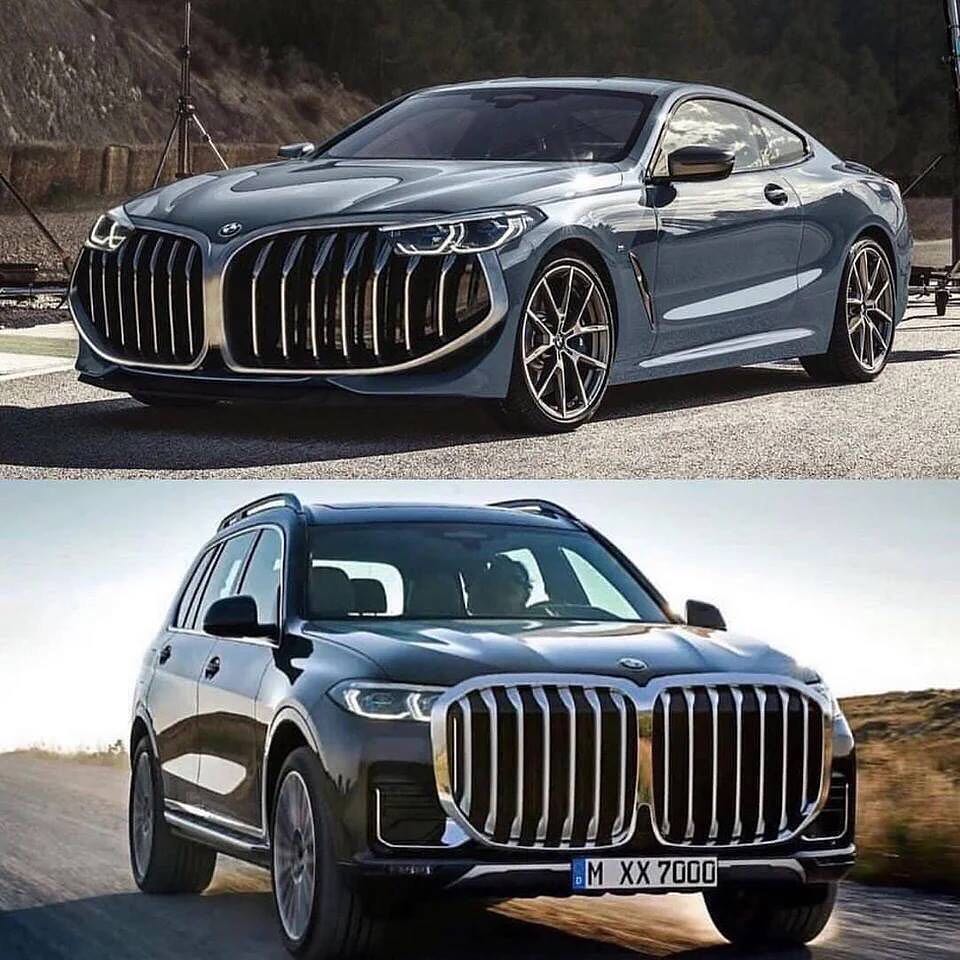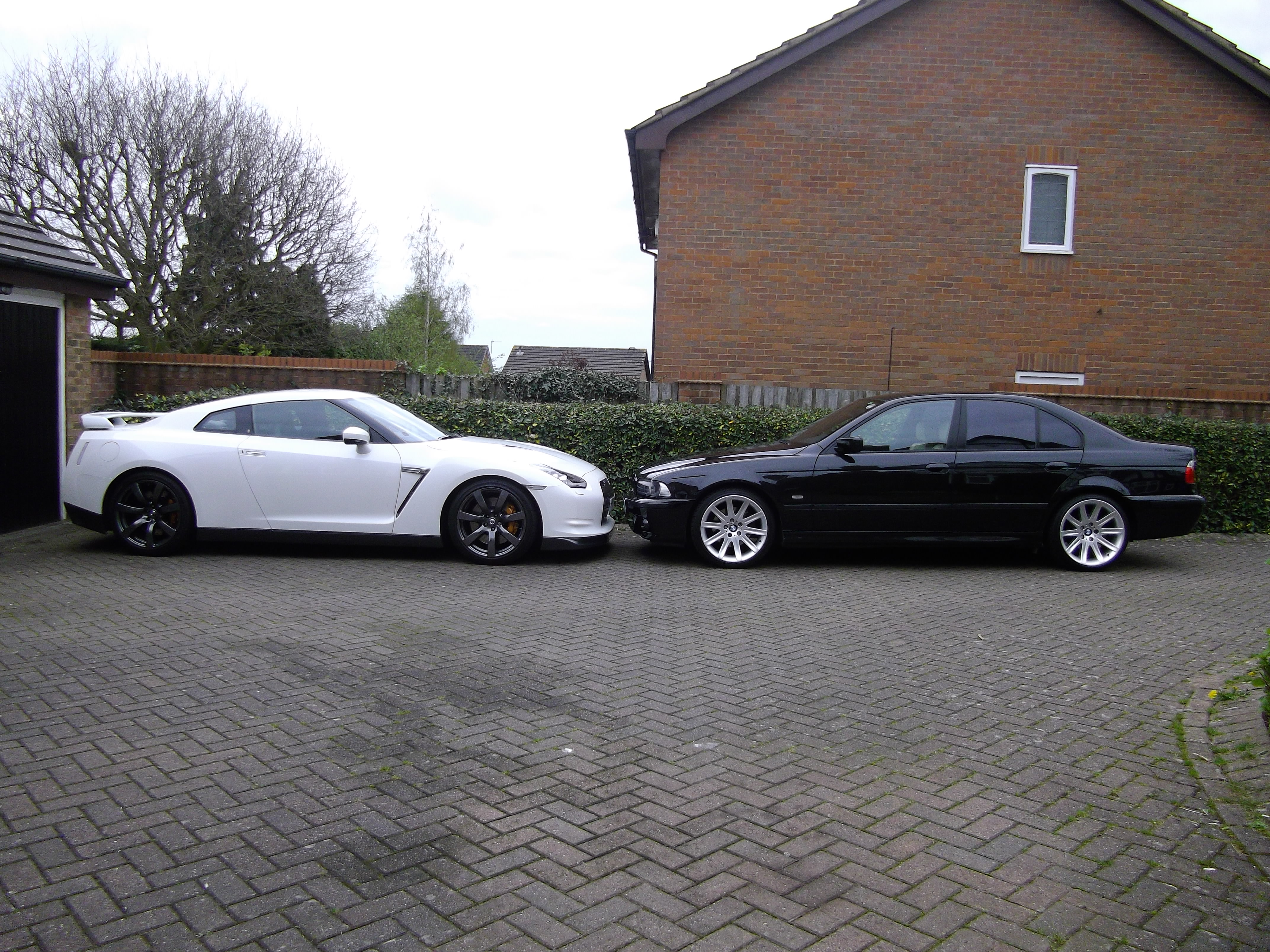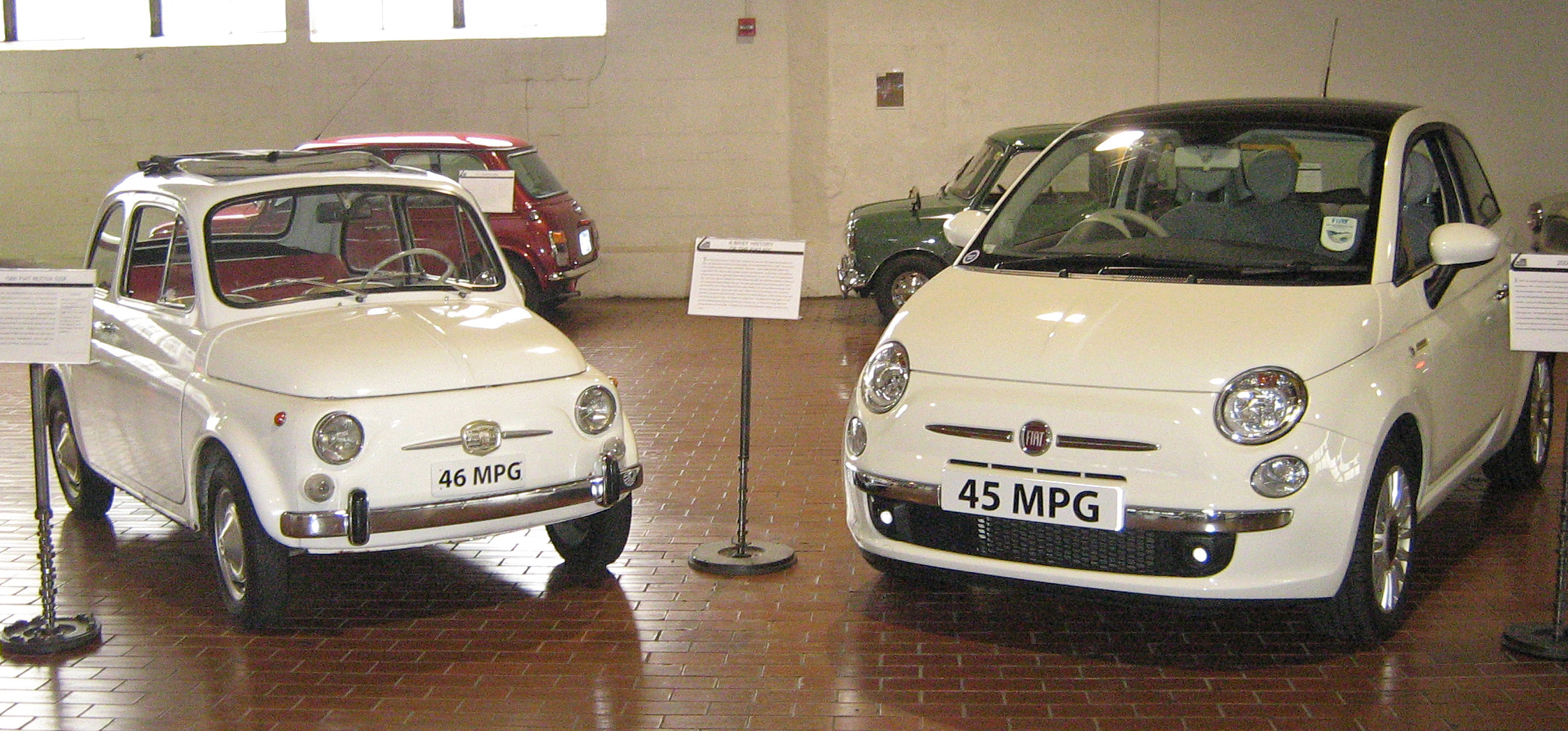I don't think it works like that though (and, in passing, a 1000kg car doesn't weigh 25% less than a 1250kg car, but 20% less). The pedestrian doesn't become attached to the car, they are, typically, thrown some distance. So it's energy transfer from an impulse, not combined energy of an agglomerated mass. Forgive my rusty physics but the impulse is force over time. Assuming the time is the same, the force is proportional to the kinetic energy, which is directly proportional to the mass. In your example, the impulse experienced by the pedestrian would be 1.25 times as great.
Yes it does work like that, but of course there's lots of other stuff going on too. We must have conservation of momentum, you can't dodge that. If you think through all the aspects which are directly changed by the mass of the car, the only aspect that is modified is the cars initial momentum, and so that is the aspect that I addressed. The point you were initially raising was a basic 'if the car weighs 25% more, it'll make a significant difference', and the answer is actually, no, it won't, because of the relative masses of the two object colliding.
And yes, the 20% vs 25% I did know that, I wasn't sure about your knowledge and was trying to keep the numbers simple (and weight vs mass I dodged too).
Check out the slow motion test dummy vs car in this clip (about 3:30 in):
and you'll see that the car and person stay in contact for much longer than you probably think (people are squishy so the impact isn't maybe as bouncy as you'd expect, again not the technical terms but we're massively into over simplification territory so i don't feel I need to go there), and it's pretty clear that the speed they are travelling ends up basically matched, so as I stated above, the mass of the car makes little difference percentage wise due to the relative masses and conservation of momentum.
Obviously you want the impact to be as long as possible to reduce the force required to accelerate your body up to speed, and that's where modern fancy deforming bodywork and pedestrian protection stuff fits in, but that's unaffected by the mass of the car which was your original point. The take home point is that if modern cars weigh more to protect the occupants, it has surprisingly little effect on the dangers to pedestrians, but there are other changes which can be made to the car design which will have massive benefits. Oh, and don't get run down by a straight fronted object with a non-deformable area for impact with your head (like the windscreen of a bus), as that will be bad.







